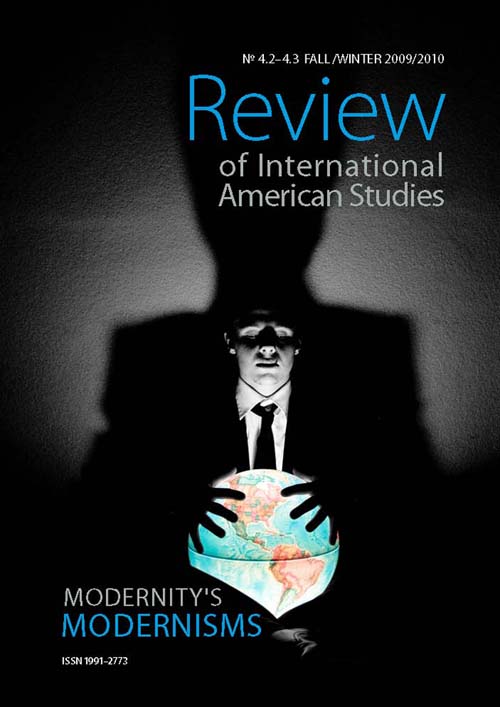‘Blackness’, Modernity, and the Ideology of Visibility in the Harlem Renaissance
‘Blackness’, Modernity, and the Ideology of Visibility in the Harlem Renaissance
Author(s): Cyraina Johnson-RoullierSubject(s): Language and Literature Studies, Studies of Literature, Other Language Literature, Cultural Anthropology / Ethnology
Published by: Wydawnictwo Uniwersytetu Śląskiego
Summary/Abstract: This essay examines the relationship between race and modernity through a critique of interracialism in the Harlem Renaissance. The essay argues that the exploration of interracialism put forward by George Hutchinson in his groundbreaking study The Harlem Renaissance in Black and White (Harvard, 1995) cannot adequately interrogate the modern significance of white and black participation in the Harlem Renaissance, because the notion of interracialism on which it is grounded holds at its core an uncritiqued and uncontested understanding of ‘race’ that subtly and simultaneously reinforces a binary logic existing between conventional notions of ‘white’ and ‘black’. The new vision of the Harlem Renaissance suggested by analysis of its underlying interracialism can only become fully possible in modern terms to the extent that this conventional binary, white/black, is also pulled apart to expose the cultural significance of the opposition between the two terms, through which the hidden nexus by which they are joined comes violently to the fore. Thus, in order to construct new (racial) boundaries between modernism and the Harlem Renaissance, the examination of interracialism in the Harlem Renaissance is not enough to effect a radical and transformative change in the way in which either movement is perceived. This is because it leaves the essential dichotomy between ‘white’ and ‘black’ - by which the two movements are covertly described - in place, rather than seeking to understand what may lie beneath this received discursive, often material and visual reality. Leaving this hidden dichotomy unexplored and uncritiqued will necessarily obscure the compelling new insights that the examination of these unexplored depths may bring to an understanding of one or the other of modernism or the Harlem Renaissance, or both. This study is derived from a larger project that investigates the role of gender in unraveling the complicated relation between race and modernity in the Harlem Renaissance.
Journal: Review of International American Studies
- Issue Year: 4/2010
- Issue No: 1-2
- Page Range: 25-30
- Page Count: 6
- Language: English

